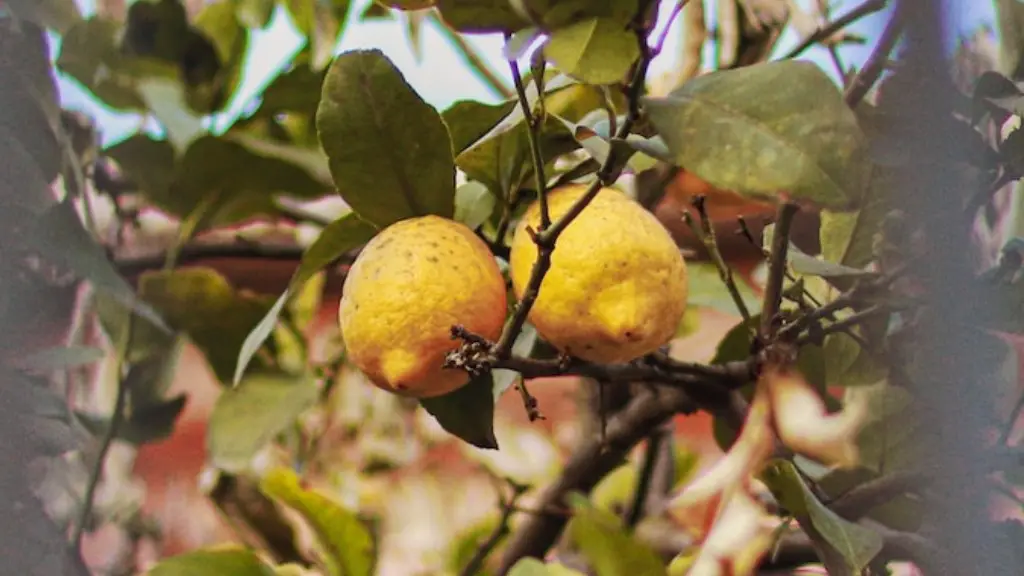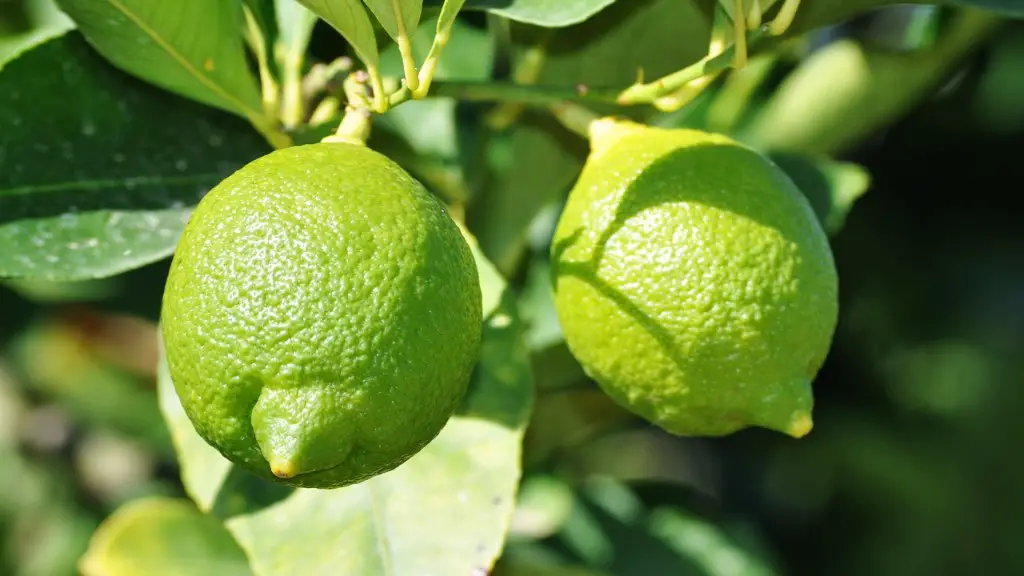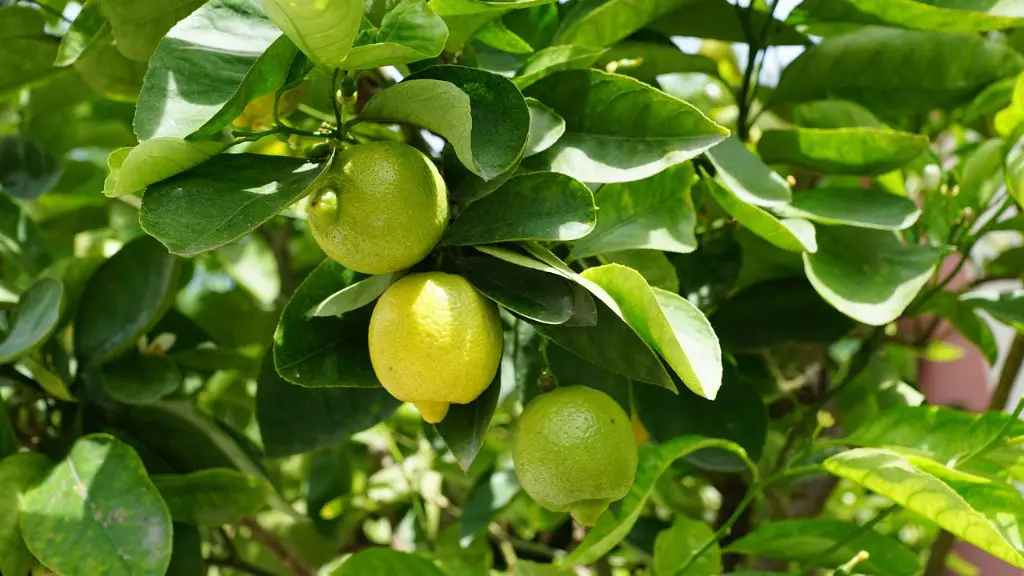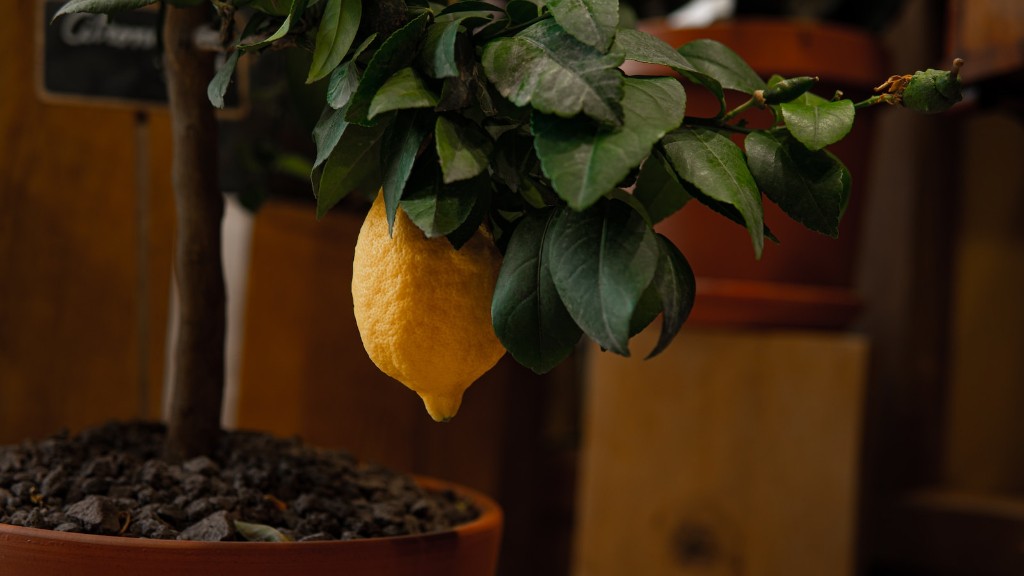Ponytail palms are a striking type of bonsai that can add a touch of the tropics to your home. Although they are not true palms, they are closely related to desert plants such as agaves and yuccas. Ponytail palms are easy to care for and make excellent indoor bonsai. Keep your ponytail palm healthy with the following tips.
Ponytail palms are unique and interesting bonsai trees that are native to Mexico and parts of Central America. The Ponytail palm has a long, slender trunk with a bulbous base that resembles a ponytail. The leaves are long and narrow, and they grow in a rosette pattern. The Ponytail palm is an evergreen tree, meaning it will keep its leaves year-round.
Ponytail palms are best suited for indoor growth, in a bright, sunny location. They can tolerate low light levels, but their growth will be slower. When watering your Ponytail palm, be sure to use room temperature water. Allow the soil to dry out somewhat between waterings. If the leaves of your Ponytail palm start to turn brown or yellow, this is a sign that it is being overwatered. Fertilize your Ponytail palm every other month during the growing season, using a balanced fertilizer.
Prune your Ponytail palm as needed to keep its compact size. If the leaves start to look ratty, you can trim them back to rejuvenate the plant. When repotting your Ponytail palm, be sure to use a well-draining potting mix. Ponytail palms are relatively slow-growing plants
How often do you water a ponytail palm?
Ponytail palms are a type of plant that is native to arid regions and requires very little water to survive. During the growing season, you should only need to water your ponytail palm once every two weeks (at most), and make sure that the soil is thoroughly dry before watering again. Ponytail palms are susceptible to root rot, so it is very important to not water the plant if you detect any moisture in the soil.
Ponytail palms are one of the most drought tolerant houseplants available, which means they are perfect for those who often forget to water their plants. Thanks to their huge water storage, they can go long periods of time without needing to be watered. They also tolerate dry conditions well, so you don’t need to worry about misting them regularly.
Should I cut the brown tips off of my ponytail palm
That tiny little point is usually all it is. It’s not a big deal.
Bottom watering is a great way to ensure that your plants get the moisture they need without over watering. Simply fill the plant tray with water and make sure the soil is in contact with the water. Wait for about 10 minutes and then feel the soil to see if it has absorbed enough water. If the soil is moist throughout, remove any excess water from the tray. If it’s still dry, add more water to the tray.
What does an overwatered ponytail palm look like?
If you notice your plant’s leaves turning yellow and falling off, this is a sign of serious trouble. Your plant is likely suffering from root or stem rot, and if left untreated, this can lead to the plant’s death. If you see these signs, take action immediately to try to save your plant.
Ponytail palms are known for their long lifespan, and it is not uncommon for them to live for over 100 years. They are a hardy plant that can tolerate a wide range of conditions, making them a great choice for those looking for a low-maintenance plant. Ponytail palms are also known for their ability to bounce back from neglect, so even if you forget to water them for a while, they will usually recover without any lasting damage.
Do ponytail palms need full sun?
Ponytail palms are low-maintenance plants that do well in bright light. They are tolerant of dry conditions, making them ideal for indoor growth. Place ponytail palms near a window in the sunniest room of your home for best results.
Ponytail palms are a type of plant that can store water in their bulbous trunk. This means that you usually don’t have to water them as often as other plants. However, if the leaves start to turn yellow or the trunk starts to look shriveled, this means that the plant is not getting enough water. On the other hand, if the leaves start to turn brown or the trunk starts to look mushy, this means that you are overwatering the plant.
Should you trim ponytail palm leaves
Hi there,
Thanks for your note. Yes, you’re right that you need to remove the old nail polish once in a while to keep your nails looking their best.
I’m currently trying to trim up my nails and remove any old nail polish so that they look nice and neat. It’s a bit of a process, but it’s worth it in the end!
Thanks again,
Your Name
If you notice your ponytail palm’s leaves turning brown and crispy, it is a sign that the plant is dehydrated. Dehydrated leaves will curl inward as a sign of stress. This usually happens if the plant goes a few weeks without any water. You’ll see the browning most prominently at the tips of the leaves.
Where do you put a ponytail palm?
Ponytail palms are a type of palm that need bright light in order to grow. They should be near a window but not in direct sunlight. They also tolerate dry conditions well, which makes them ideal for indoor conditions that are usually low in humidity.
Ponytail palms are a type of palm tree that is native to Mexico. They are a popular choice for landscapes and gardens because of their unique appearance and low maintenance. Ponytail palms are drought tolerant and do not require much fertilizer. However, it is a good idea to fertilize your ponytail palm once a year in spring, using a 10-10-10 slow-release fertilizer at the rate of 1 tablespoon of fertilizer per square foot of soil. Circle around the base of your tree with fertilizer, making sure it’s 6″ inches away from the base.
How do I know if my ponytail palm needs water
If you see your Ponytail palm develop dry, brown foliage, a shriveled stem or desiccated roots, these are all signs of under watering. Make sure to water your plant well and allow the soil to dry out between watering. If you are unsure of when to water your plant, it is better to wait until the next week to water it.
A new palm should be watered every day during its first week, then every other day during the second week, and then three times a week during the third week. After that, watering should be done as normal for established plants. For more established palms, watering should be done only 2-3 times per week, and this is only in the absence of rainfall.
When should I repot my ponytail palm?
Ponytail palms are best repotted or transplanted in early spring or summer to give them ample time to establish new roots before winter. This is especially important for young plants, as they are more susceptible to cold damage. Follow the steps below for best results:
1. Choose a pot that is only slightly larger than the current one, as ponytail palms do not like to be pot-bound.
2. Water the plant well the day before repotting.
3. Gently remove the plant from its pot, taking care not to damage the roots.
4. Place the plant in the new pot, and backfill with fresh potting mix.
5. Water well and place in a warm, sunny location.
As your ponytail palm grows, you may eventually need to repot it into a larger pot. Watch for signs that it is getting too big for its current pot, such as roots growing out of the drainage holes. These palms can get quite large in their native habitat, so if you are keeping it as a houseplant, be prepared to eventually upgrade to a larger pot.
Final Words
To care for a ponytail palm bonsai tree, you will need to water it regularly and make sure it gets enough sunlight. You will also need to prune it regularly to keep it in shape.
Ponytail palms are a type of bonsai tree that is native to Mexico. They are easy to care for and make great houseplants. Ponytail palms do best in bright, indirect light and require very little water. Allow the soil to dry out completely before watering again. These palms prefer a humidity level of around 40%. Be sure to fertilize your ponytail palm every two weeks during the growing season and monthly during the winter.





